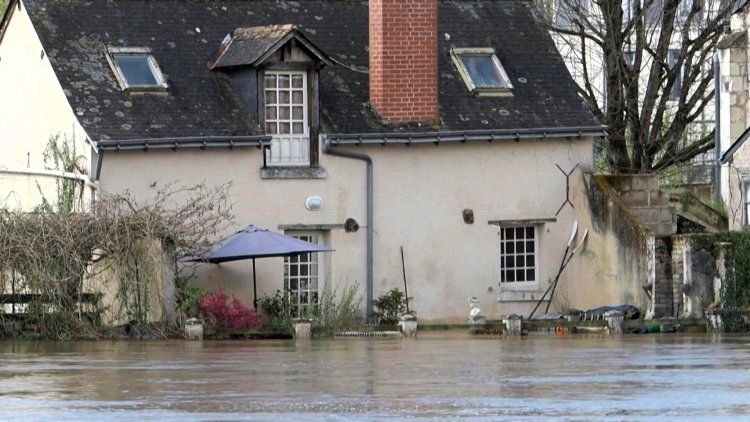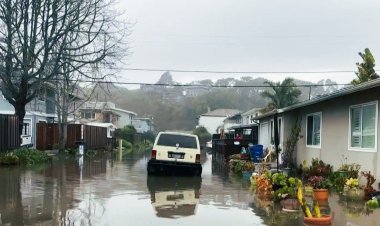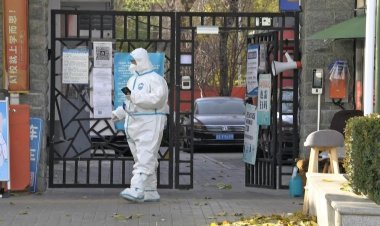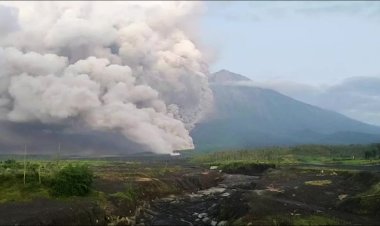Vienne River Flooding

The decline of the Vienne began in Chinon (Indre-et-Loire), where the population was called the day before to evacuate due to rising waters in this department still on red alert, while twelve other departments were placed on orange alert.
In Chinon, the waves of the Vienne remain tumultuous, even if a slight decline is beginning: on the arcades of the road bridge, the water leaves traces of humidity as it recedes.
“The decline is clear, Vienne is declining,” declared the prefect of Indre-et-Loire, Patrice Latron, during a press conference in Chinon, considering the episode “exceptional” .
However, "in the coming days, we will remain vigilant" because "rain is forecast in the departments which border ours and this rain will affect the level of the Vienne", he said.
At his side, the mayor of Chinon, Jean-Luc Dupont, said he was “rather reassured”.
“The Vienne stopped rising and began its slow decline,” approximately four centimeters in four hours.
If some streets and roads remain flooded, the inhabitants of the small town, whose medieval fortress overlooks the swollen river, walk under a big blue sky.
Across the Indre-et-Loire department, 562 people have been evacuated, including 370 in Chinon, the Indre-et-Loire préfecture said, specifying that No further evacuations are currently planned.
In several streets of Chinon, residents tried to barricade their homes with concrete blocks, tarpaulins or even stones.
In Gard, the prefecture announced the closure to traffic of 17 submersible bridges and lookout crossings, as well as numerous municipal submersible bridges.
In mid-March, eight people died in bad weather linked to storm Monica which hit the south-east of France. Among them, six died in Gard, swept away while trying to cross swollen rivers by car, one in Hérault and one in Ardèche.















